- Category
- War in Ukraine
Ukrainian-Made Long-Range Missiles, A Potential Turning Point in the War
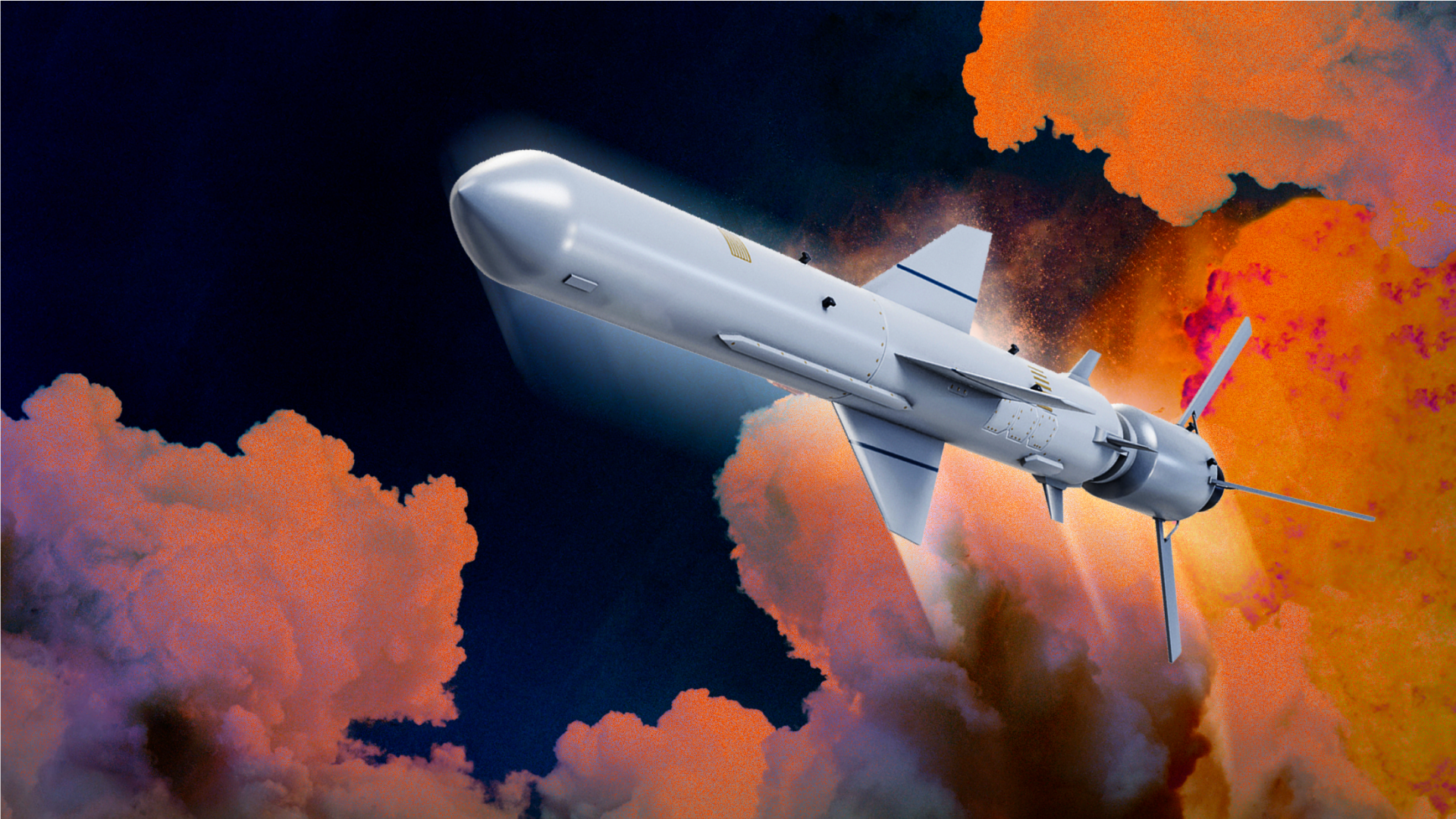
Missile production in Ukraine is accelerating, with the country ramping up efforts to develop its long-range missiles. This strategic shift could profoundly affect the trajectory of the Ukrainian-Russian war. While NATO countries deliberate over permitting Ukraine to use Western-supplied long-range missiles against Russian targets, Kyiv’s focus on homegrown missile production strengthens its defense capabilities.
For much of the war, Ukraine has faced restrictions on using foreign-supplied long-range missiles, such as the ATACMS and Storm Shadow/SCALP systems. In his international meetings, President Volodymyr Zelenskyy has lobbied for greater flexibility in their use, especially to strike Russian military targets. However, these requests have been met with political resistance among NATO allies.
To meet wartime demands, Ukraine has revitalized its domestic missile manufacturing program. Once a significant player in the global aerospace industry, Ukraine is now working to revitalize its rocket-building infrastructure to meet wartime demands.
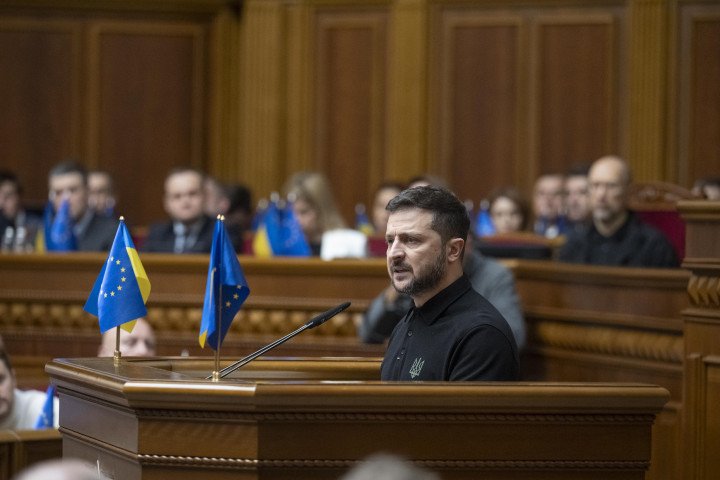
Kyiv to make more weapons
Throughout October, President Zelenskyy has been presenting world leaders with his Victory Plan, which, according to the President's Office, aims to create the conditions for a just end to the war. A central point in the plan is expanding the use of Ukrainian drones and missiles, removing restrictions on the use of weapons, and long-term investments in Ukraine’s military-industrial complex.
NATO Secretary General Mark Rutte has stated that Russia, not Ukraine, has crossed red lines by starting the war. He emphasized that Ukraine has the right to defend itself, including by targeting Russian military assets to protect its civilians from attacks.
As of mid-2024, Russia had launched 9,590 missiles and 13,997 drones at Ukraine, according to ‘Ukrainska Pravda’ None of these Russian weapons are limited by the restrictions that Ukraine faces with NATO-supplied arms.
President Zelenskyy has consistently argued that targeting Russian military sites and supply lines deep within Russian territory is crucial for Ukraine’s defense. He emphasizes that these strikes are focused on military objectives, not civilian areas, and that they could significantly shorten the war by weakening Russia’s offensive capabilities.
While the issue of the use of Western weapons is being resolved, Ukraine's defense sector has demonstrated remarkable ingenuity throughout the nearly three-year war. Ukraine has developed long-range drones, repurposed Soviet-era air defense missiles, and adapted anti-ship missiles, which have successfully targeted key Russian assets.
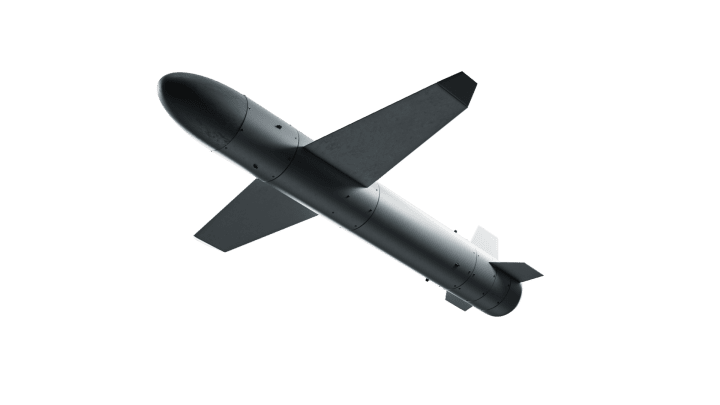
Palianytsia jet-powered combat drone
Among Ukraine’s new weapons is the Palianytsia jet-powered combat drone, capable of long-range strikes deep into Russian-held territory. This versatile drone, which can be deployed for both surveillance and precision strikes, significantly boosts Ukraine’s offensive capabilities.
Most of its technical specifications remain classified to prevent the Russians from fully understanding its capabilities. The development took about 1.5 years and involved a large team of specialists from various fields.
In September of 2024, President Zelenskyy mentioned that Ukrainian-made weapons were responsible for the destruction of Russian military arsenals in the Tver region and Krasnodar Krai. The drones were capable of reaching distances upwards of 900 kilometers inside of Russian territory.
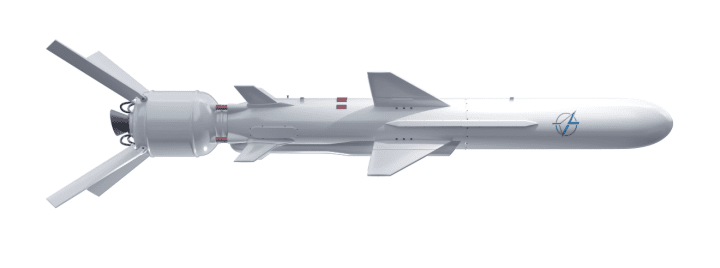
Neptune missiles Ukraine
Initially designed as an anti-ship missile, the Neptune missiles Ukraine program has now been adapted to include land-based strikes. Following its successful deployment in the Black Sea and the sinking of the Moskva, the Neptun has become a key part of Ukraine’s homegrown missile arsenal. This missile can strike Russian military targets on both land and sea, reinforcing Ukraine’s ability to defend its coastline and strategic areas.
Neptune was initially designed to weigh 870 kg and have a range of 280 km. It carries a 150 kg high-explosive warhead and flies at a subsonic speed of 900 km/h. After further improvements, the missile now has a range of at least 400 km, with the warhead weight likely increased to 350 kg.
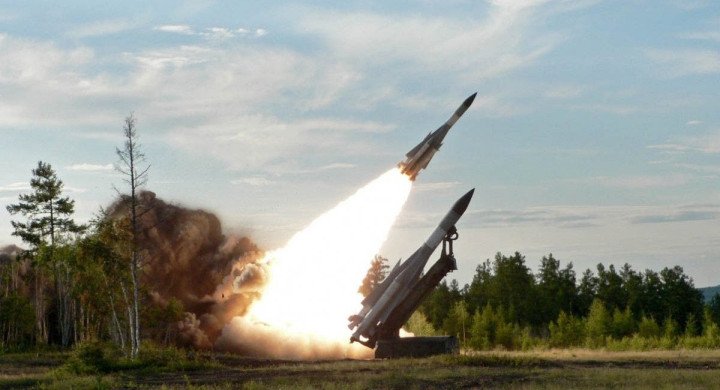
Repurposed S-200 Air Defense System
In 2022, Ukraine modified its stockpile of Soviet-era S-200 air defense rockets for ground-based offensive operations. Originally intended for air defense, the S-200 has been repurposed to strike ground targets.
However, on February 23rd, 2024, A Ukrainian S-200 missile was used to shoot down a Russian A-50 early warning, and the control aircraft was shot, approximately 170 kilometers from the frontline.
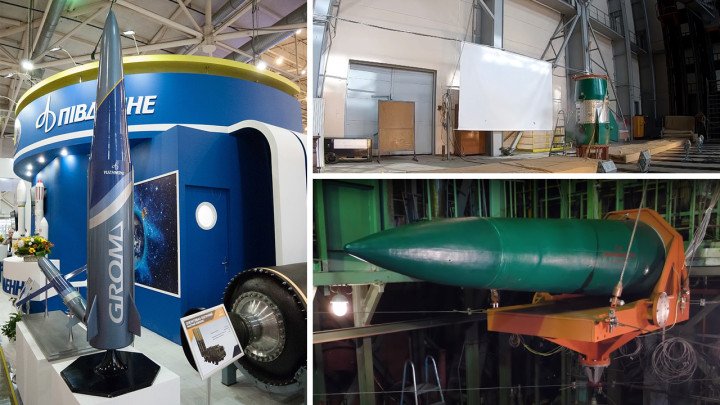
The first domestically produced ballistic missile
During the unveiling of the Palyanitsia rocket drone at the 2024 Ukraine Independence Forum, President Zelenskyy made the surprise reveal that Ukraine has successfully tested its first indigenous ballistic missile.
"Since we're on the subject, I thought it might be a little early to mention, but I want people to appreciate the work of our defense industry teams who are working around the clock," Zelenskyy said at the forum. "There has been a successful test of Ukraine’s first ballistic missile."
This ballistic missile is part of Ukraine's broader push to strengthen its military capabilities amid ongoing war with Russia. The development of a domestic ballistic missile highlights Ukraine’s ability to produce advanced weaponry in-house, a significant move towards decreasing reliance on foreign-supplied systems.
While specific details about the missile, including its range and payload, remain classified, the successful test marks a major step forward for Ukraine’s defense industry.
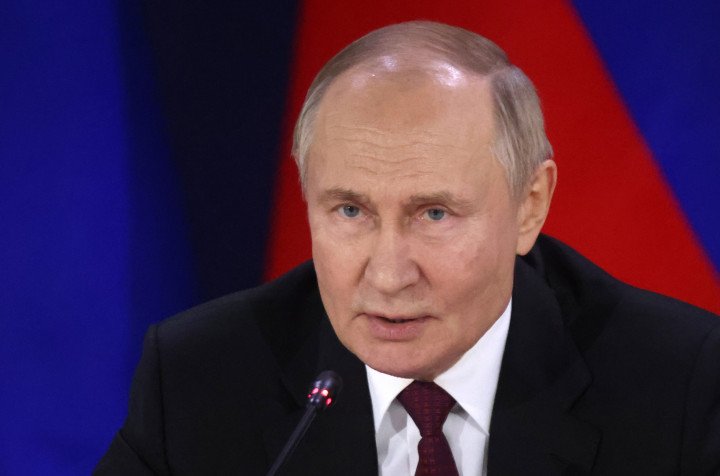
Russian red lines and NATO caution
Russian President Vladimir Putin has warned that allowing Ukraine to strike Russian territory with NATO-supplied weapons would escalate the war and risk involving NATO directly. However, with Ukraine now capable of producing its long-range missiles, these red lines may become less significant. Kyiv’s new missile production capabilities enable Ukraine to operate independently of NATO constraints, providing a strategic advantage.
Ukraine’s growing domestic missile production could reshape Russia’s military strategies and impact NATO’s support framework. By producing its missiles, Ukraine is in a stronger position to launch long-range strikes, forcing Russia to divert resources from the frontlines and weakening its ability to sustain the war. In the long run, this revitalized defense industry allows Ukraine to rely less on external support while regaining its status as one of the global leaders in aerospace technology.


-29a1a43aba23f9bb779a1ac8b98d2121.jpeg)
-886b3bf9b784dd9e80ce2881d3289ad8.png)

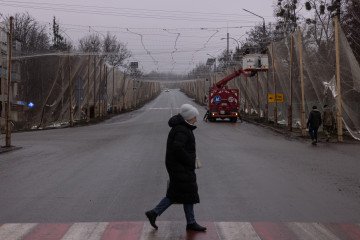
-f88628fa403b11af0b72ec7b062ce954.jpeg)
-b63fc610dd4af1b737643522d6baf184.jpg)
